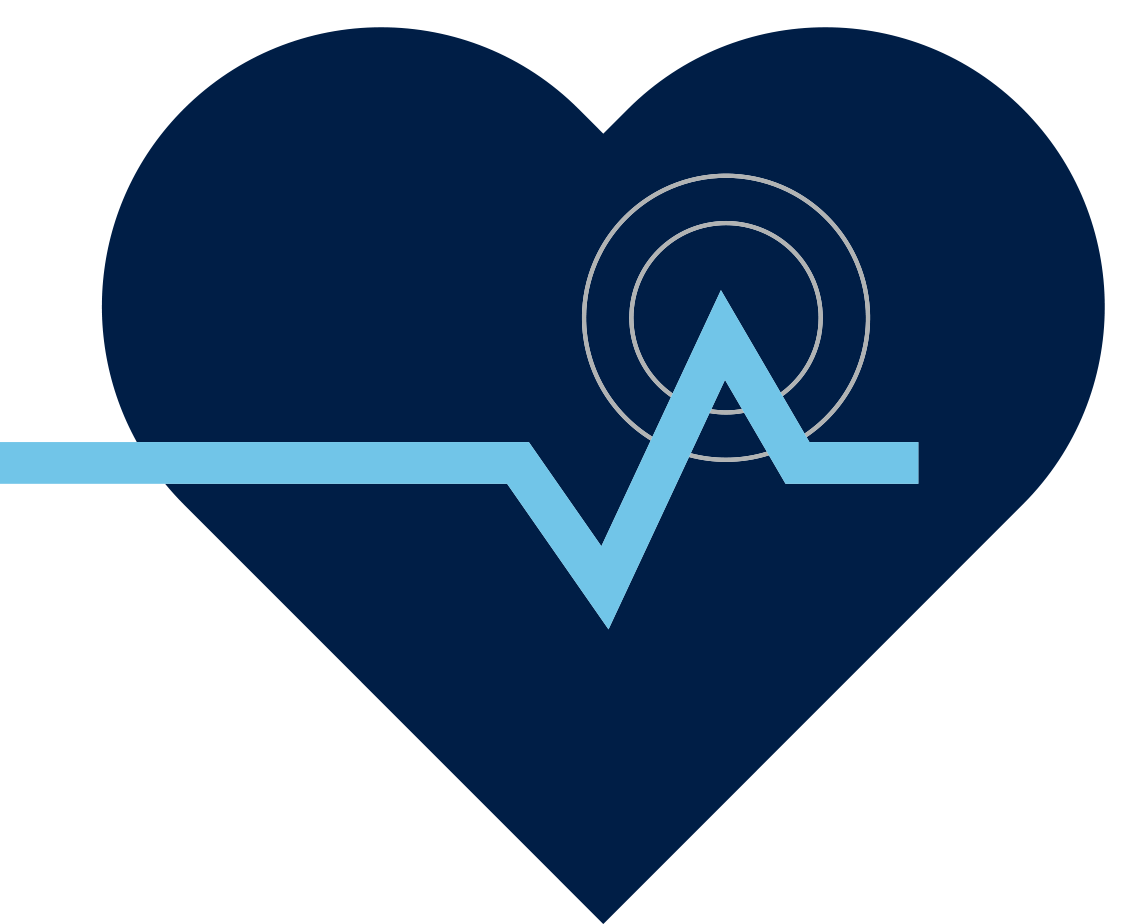
Stories
Keeping the "Care" in Value-based Healthcare
KEEPING THE "CARE" IN VALUE-BASED HEALTHCARE A former critical care nurse, Pam Winsor leads value-based healthcare (VBHC) efforts for Medtronic in Canada. Keeping patients at the center of VBHC...
KEEPING THE "CARE" IN VALUE-BASED HEALTHCARE

A former critical care nurse, Pam Winsor leads value-based healthcare (VBHC) efforts for Medtronic in Canada. Keeping patients at the center of VBHC models, she explains, is paramount in delivering improved outcomes.
As I have moved from nursing to multiple leadership positions within the healthcare industry, a guiding principle I have always embraced has been ensuring the right patients get the right treatment or technology at the right time, in the right place. Making sure this happens — and delivering the best possible care — is why implementing value-based healthcare (VBHC) is so important to us at Medtronic.
I think of “best care” as developing a care plan with the right mix of high-touch, high-tech, and high-task elements.
- High-touch care is what we, as nurses, have always provided to our patients, and represents our human interactions with our patients.
- High-tech care enables us to do more by leveraging new medical devices and digital tools, but it carries the risk of losing the element of touch.
- High-task care is what we increasingly need to provide to the growing number of patients who have complex chronic conditions. It represents the often complex care pathway that can exist for a single patient and the frequent interactions these patients have with the healthcare system.
Value-based healthcare puts a new lens on “best care” and focuses not only on outcomes that matter to patients, but also on the patient journey and cost of delivering those outcomes. Given that patient experience contributes to better outcomes, high-touch remains a critical part of “best care” models.
DELIVERING THE BEST CARE, IN AND OUT OF THE HOSPITAL
In hospitals, we can provide outstanding integrated care, with physicians, nurses, and other professionals working together with access to all the best equipment and resources. Yet, when the patient goes home, delivering the best integrated care is often a challenge. We are now shifting towards more virtual care, relying on high-tech tools. Yet we must maintain the high-touch element of nursing even though the patient may be far away. This can be accomplished if we pay attention to how we deliver care, even when a patient isn’t directly in front of us.
This effort reminds me of when I started out nursing in a small community in Newfoundland. When on shift, I took many of the incoming patient calls and offered triage and care over the phone. I learned the importance of not rushing patients, asking the right questions, and really listening to the answers, the tone, and the descriptive words used to describe their condition.
You can easily be empathetic over the phone through tone and expression. Patients may be apprehensive, so you need to truly listen, reflect, and understand their concerns. Sometimes it’s not what it is, but what it’s not, that is most important. For example, gastric indigestion can often symptomatically present as cardiac pain.
QUALITY CARE, FROM A PATIENT’S POINT OF VIEW
Many of these soft skills and competencies are what Elizabeth Teisberg describes in her paper on VBHC
She talks about a focus on the three C’s — Capability, Comfort and Calm — all of which measure the quality of healthcare from the patient’s point of view.1 As Teisberg explains:
- Capability measures the patient’s functional status. For example, if they come home with a new knee, do they want to be able to walk? Yes, of course, but they may also want to ride a bike!
- Comfort measures relief from pain, not only physical pain but emotional distress that may be caused by the patient’s overall condition or related worries.
- Calm measures how well the patient can continue with normal living rather than spending time dealing with healthcare issues.
Another key point to remember when caring for patients, whether in person or remotely, is to keep things as light as possible, to embrace some of the humanity, humor, and joy that’s so relevant and meaningful when a patient is healing. For me as a nurse, it’s all about doing what we always learned to do — provide the best care to the right patient, at the right time, in the right place.
I encourage all nurses and clinicians to review the current concepts of value-based healthcare. There are many opportunities to learn more at some of these sites, including: Dell Medical School, Harvard University, and The Decision Institute
1 https://link.springer.com/article/10.1007/s11999-016-5205-5

Pam Winsor
Pam Winsor is Senior Director - Stakeholder Engagement, Value Based Healthcare & Chief Marketing Officer for Medtronic Canada.


